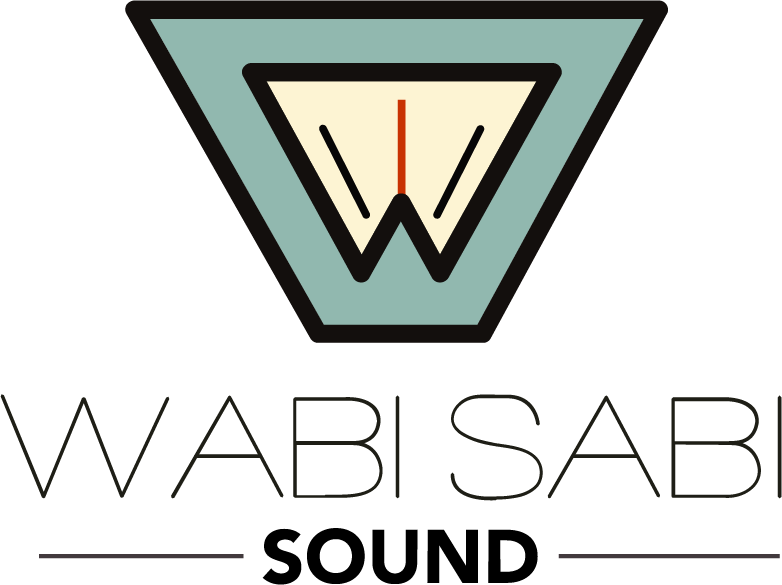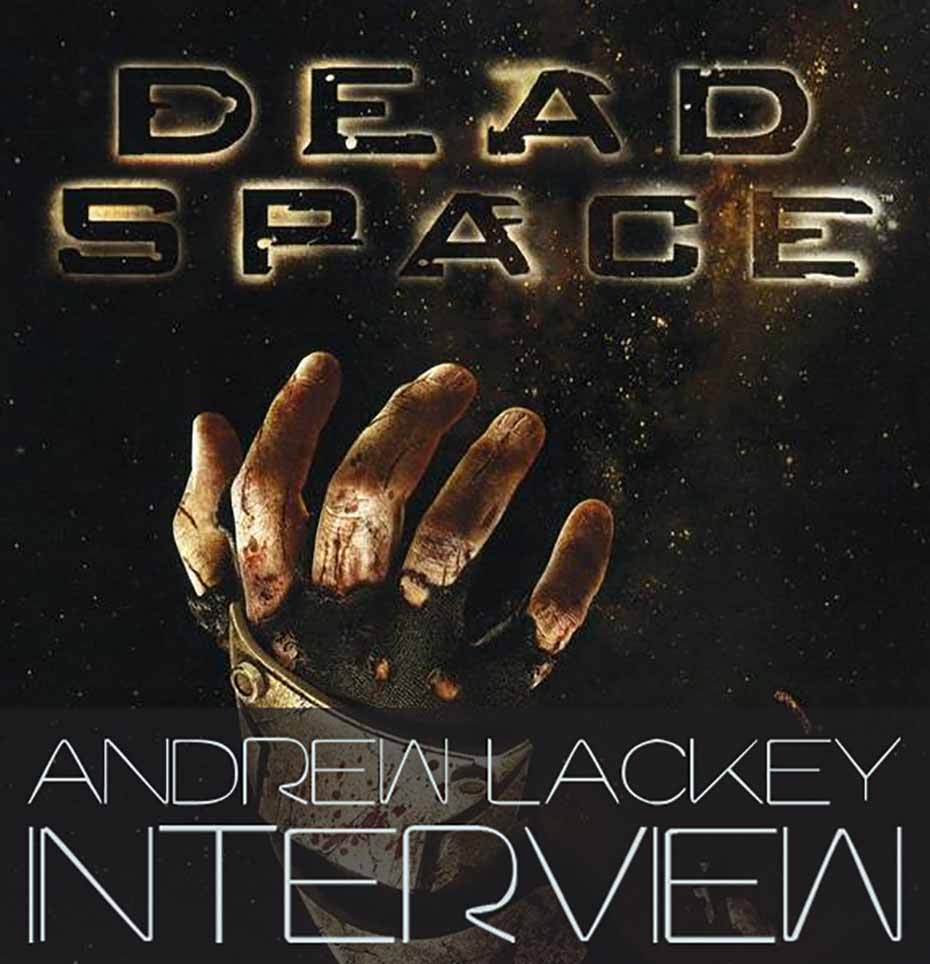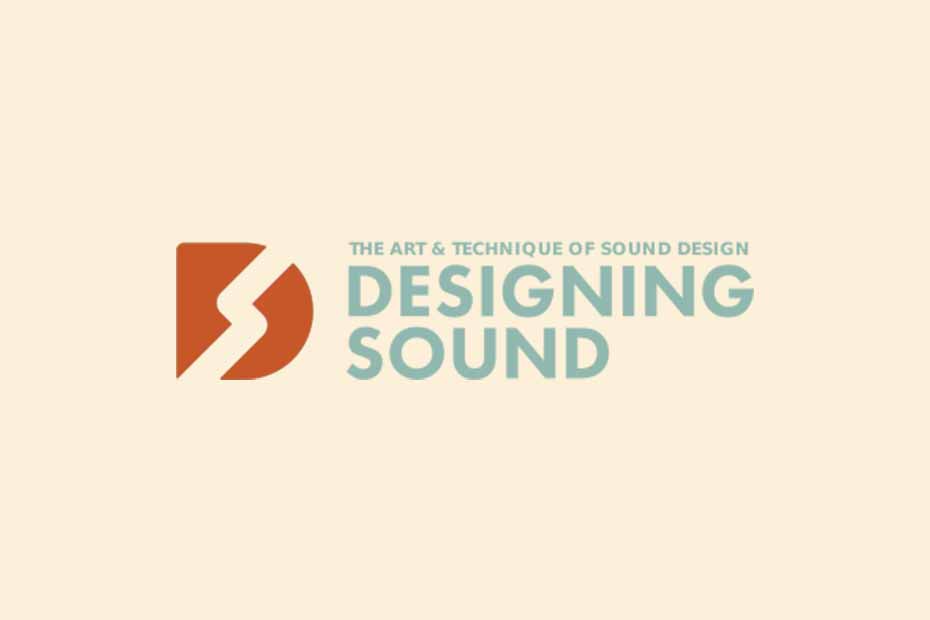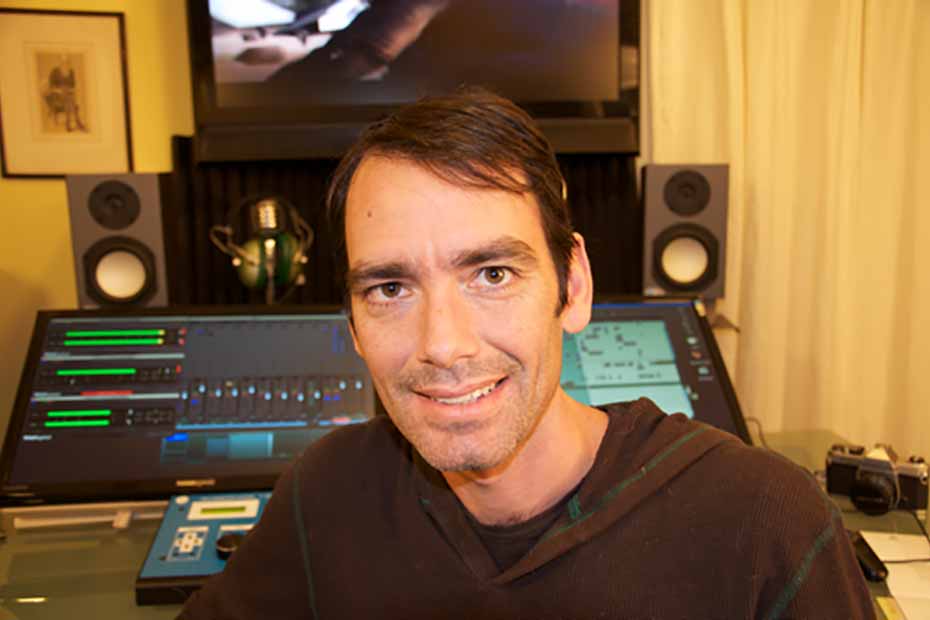SHARE THIS
Andrew Lackey Special: Dead Space [Exclusive Interview]
by Miguel Isaza, December 16, 2009
Dead Space is one of my favorite videogames and the sound there is really amazing. We have already seen good info about the sound of Dead Space, but here are some more specific questions from an interview that I had with Andrew Lackey, Check it!
Designing Sound: First of all, tell us exactly what was your job on Dead Space.
Andrew Lackey: I was one of three sound designers on the project along with Dave Feise and Dave Swenson. Don Veca was the Audio Director. I came onto the project as the prototyping phase ended and full production started. Most aspects of the game’s sound was a team effort shared across the audio team. I did the boss fights (Hivemind, Leviathan, Drag Tentacle and Brute) several characters (Divider, Exploder), the scripted sequences (like the elevator in Ch1), and cinematics (like the opening of Chapter 1 and the end of the game). I also helped with the foley, ambiences, props, physics items and weapons.
DS: What was the collaboration like between the sound team and the development team?
AL: The audio team was really tightly integrated into the overall process, and sound was a major part of the design from beginning. We were given ample opportunities to weigh in on design, and occassionally we took the lead on desgining the experience of a section of the game. In Ch 1, we knew that Issac was going to recieve the Cutter weapon after escaping the slashers in the elevator. This was a high tension moment and we wanted to shift into a really creepy messed up vibe in the workshop. We constructed this “beyond the walls” kind of dramatic scene with sound effects, music and voice to lead into Issac’s first fight with a zombie. This is an example of how we as the audio team not only designed the sounds, but did a fair bit of level design in key places to pull off dramatic events. This kind of thing is everywhere in the game. Ideas like this could come from anywhere, and usually required the collaboration of several people in other departments and the audio team.
DS: You did all the boss fights… How was you approach to sound design on each of these fights? Could you give us some examples?
AL: For the boss fights, I worked really closely with game play producers, animators and engineers. They would get a prototype of the boss working in a white box (a isolated testing map not yet integrated into the game.) I would get a run through of how the Boss fight was supposed to go, and how the player needed to play it in order to beat it. Since the game is quite dark overall, we looked for opportunities for “Audio Tells” in every fight that would reinforce a sucessful tactic by the player. Size, ferocity and bad ass-ness are usually really important for a boss, but its really really important to clue the player in to when they’ve hurt the boss as well. For creatures that aren’t bi-peds, the animators are limited in how the characters express pain. For the Leviathan, it took a few attempts to really register pain sonically and visually, but eventually we got it.
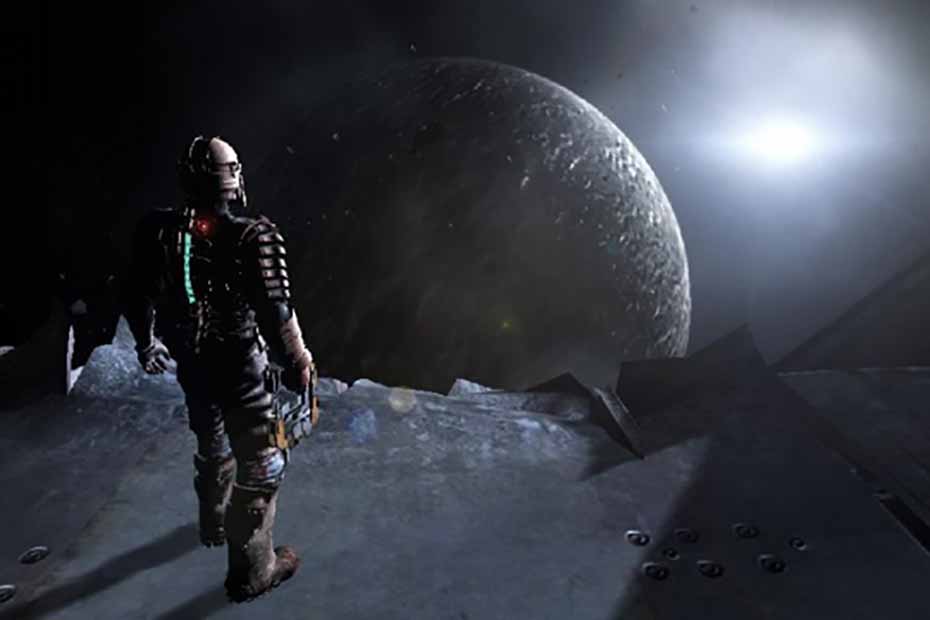
DS: One of the most amazing features of Dead Space are the ambiences, many layers, and all type of sounds… awesome soundscape there. How was the process of the sound design on that ambiences? How did the team collaborate on the ambience layer structure?
AL: Its actually hard to define where sound effects and music end and ambiences begin. There are many different layers to the ambiences, and I think they work well for a number of reasons. To give a simplified explanation, we took a lot of care to make the ambient spaces feel “real” or “plausable” and then we tweaked them out with psychological elements depending on the mood of that point of the game. Every area has a predominent texture to it that fits the atmosphere, and then we used different layers of sound to reflect the psychological state of the game.
That could be deep or twisted metal tones, distant screams of torture, lurking creatures, spooky whispers, etc. The music is also very atmosphereic at times of low action…which plays a prominent role in the psychological space of ambiences. I joked with Jason (Graves, composer) about making him an honorary sound designer for all brilliantly messed up score he wrote and recorded. I also really love it that we were able to get away with no sound in space, because the absense of sound became some of the spookiest stuff in the game.
DS: There are really dark and twisted sound on Dead Space. You feel something really special while you’re playing the game. What are those special things that create that dark atmosphere?
AL: Thanks…we worked really hard on it, and I think that’s the thing we’re the most proud of. A key component of the game is anticipating when something completely gnarly is going to jump out at you next. This forces players to use their ears a bit more than most games. We knew this was case, so we put a lot of effort into creating dark sonic spaces that constantly challenge the player to think. Often you’ll hear something and nothing happens…but sometimes it does…and sometimes you get no warning. Balancing tension and action was a team wide challenge, and really they compliment each other. The more creepier you make one moment the more chaotic and visceral the action moments and vice versa.
DS: And the foley on Dead Space?
AL: Again the game is as much about being alone and complete freaked out as it is about fighting. Foley (and I’ll include physics objects) really connects you to the physical space of the Ishimura. This is a mining vessal being over grown with organic funk. Everything was metallic, gritty, damp and disgusting. We recorded tons of stuff banging around in stairwells etc. I also went down to LA to record with John Roesch, Alyson Moore and Mary Jo Lang at Warner Bros. Foley. Its great being able to start the sound design process at the point of recording a sound becuase you can incorperate a lot of ideas at that point.
Most of the weapons Issac has access to are tools, so we foleyed them with actual tools making the arming loading and unloading sounds. For the footsteps, we layered a lot and when I got back to the studio I did a fair bit of mixing > implimenting > tweaking > mixing > etc. to get them to feel just right for the game.
DS: What is you favorite part of the game? and why?
AL: Well, I’m really proud of how well all the pieces came together. Don, Dave, Dave and Marcus were great to work with and I think the gestalt was greater than the sum of its parts. We all have our sense of what is creepy and I think the game sounds multi-demensional because it is. We all put our most twisted selves into it and it came out rich and complex.
DS: What were the tools used for recording and post? (hardware/software)
AL: We all have our own methods and tools. I record a lot of material on projects so when people ask me about my favorite sound design tools I usually say its a microphone. Beyond that, Nuendo, Altiverb and Ozone are my must have tools along with an assortment of manglers like GRM, etc. I created a number of IRs that I used in Dead Space that I called Dead Spaces.
DS: Some days ago, EA confirmed Dead Space 2. Regardless of whether you work there or not… What would you expect form this sequel? How could the sound go farther?
AL: It all depends on the game design, but there’s always more you can do to make it sound better. Players will be expecting great sound and I’m sure they’re are going to sufficiently distrubed 🙂
